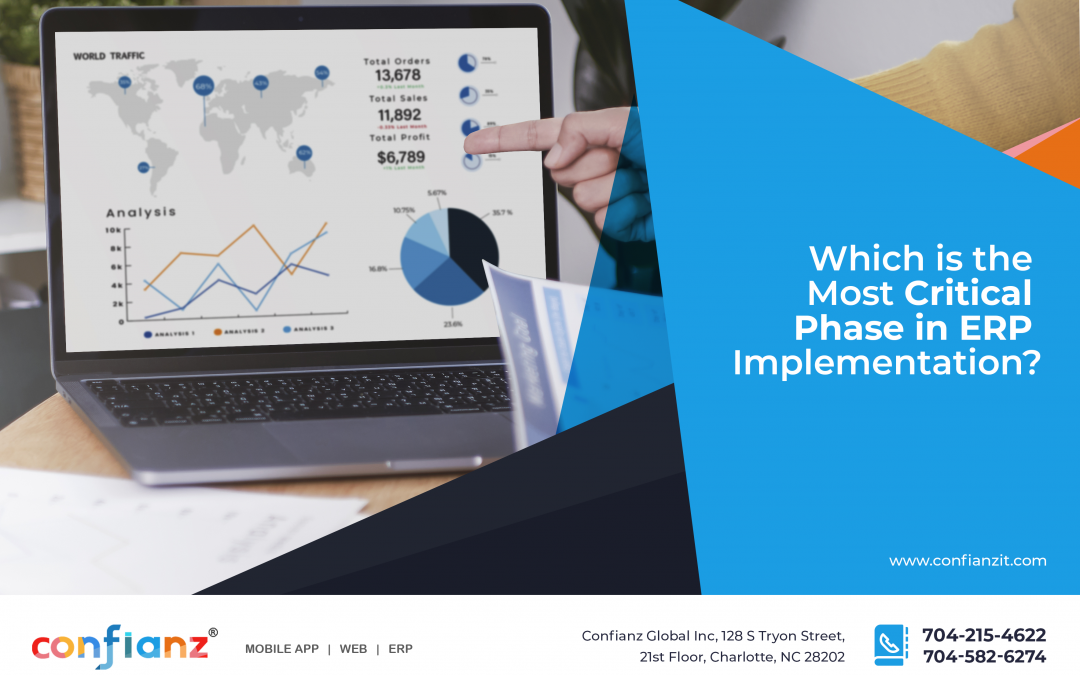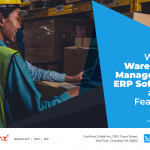ERP (enterprise resource planning) software is a central system that helps businesses automate and streamline their operations. There are many benefits of implementing an ERP system. The most obvious benefit is the automation of business processes which reduces errors and saves time.
Changing ERPs or implementing one for the first time can seem like an arduous task. Even the smallest businesses are complicated to switch over, and the larger ones can seem almost impossible.
Fortunately, it’s not a process you have to do all at once. Instead, you can break down ERP implementation into more manageable steps. We’ve already written about the different phases of implementing an ERP: planning, implementation, and post-implementation.
Because there are so many steps involved, it’s crucial to have a game plan for your ERP software that considers the time each task takes. If you’re planning out the process, you’re probably wondering which is the most critical phase?
As with most projects, the first phase—planning—is the most critical time. In this guide, we’ll go more in-depth into this step to becoming a more efficient and organized business.
Pre-Planning
Before you do anything, it’s essential that, as the business owner, you have a defined set of goals in choosing an ERP. What is your primary objective? Automation? Efficiency? Centralization? Determine the number one reason your company needs ERP software, then use that to guide your decisions.
You also need to decide your budget for the system. ERPs can range from inexpensive to a significant cost depending on the system and your required functions. Again, take your company’s size, budget, industry, and goals into account.
You may or may not want to choose the ERP at this point. If once you’ve crunched the numbers, there are only a couple of good options, you may want to select the ERP yourself. But if there’s a broader range of choices that may be appropriate, narrow down the list to your top picks.
Once you have hammered out these primary considerations, it’s time to expand your team.
How to Choose Your Team
There are a few reasons why having a team for your implementation is essential:
- You need to consider the different needs of the other parts of your company.
- It’s helpful to have someone in each sector who knows what’s going on during the later implementation process.
- Having a variety of opinions will help you determine the best fit for the entirety of the company.
Throughout the process, but especially initially, it’s essential that you keep the primary function of an ERP in mind: unification. An ERP is there to organize and unify the diverse aspects of your company, improving transparency and communication.
Keep your team as lean as possible since you’ll need to reach a consensus, but make sure everyone is represented.
For example, depending on your company, you’ll want someone from the customer service side, the manufacturing and warehouse side, and someone from accounting, etc.
The only sector you’ll want to have more than one or two people from is your IT department. They’re going to be doing the technical side of the process. It’s essential to have people who can make realistic estimates and set expectations. If you don’t have a dedicated IT department, keep this limitation in mind and consider hiring a consultant.
Choosing an ERP
First, evaluate your current workflow and technology needs. ERP systems vary in their capabilities and features, so it is crucial to identify your business’s needs before choosing an ERP system. For example, if your company’s current process is manual, managing the ERP system without a dedicated IT team would be challenging.
Then evaluate the different systems’ capabilities before deciding on one. Some features you need may not be available with an existing software solution, so you might want to consider a hybrid approach or make a custom ERP system.
Features that you should evaluate include:
- Integration with third-party software
- Customization options
- Expertise and support, such as a team of consultants available to provide assistance
- Web application features such as front-end interfaces, mobile applications, and cloud capabilities.
We have an extensive series on the differences between ERP systems, so make sure to check those out for a quick overview.
Customize and Optimize
Once you’ve chosen the ERP, it’s time to make it the perfect fit for your company. Your development team should work closely with the other team members to optimize your system.
This procedure is an excellent opportunity to make your processes as optimized as possible. With each department head, go through a typical day, month, and year to isolate and list all the department processes. What can be automated? What steps can be cut out?
This will help the developers create the most optimal fit for your company.
Create Training Material
While the tech team sets up the system for implementation, you need to think about training the rest of your company.
Keep in mind that your team may have little to no exposure to this kind of technology, so it could take some time to get them up to speed. In addition, adapting to new software can be a jarring transition, and you want your employees as comfortable as possible.
The ERP you choose may have materials for training, but if you’ve customized the software, you’ll want to make sure to note those differences.
You’ll want to do training that includes the entirety of the company for certain overarching features. Then have your trained team go through the specifics of their particular side of things in a more intimate setting. If you work with a dedicated ERP implementation company, like Confianz, they can handle the training for you.
Conclusion
An ERP system is essential for any business looking to streamline its operations, increase efficiency, and save time. However, implementing an ERP system for your business is not a decision that should be taken lightly.
However, if done correctly, it can have a significant impact on your bottom line and help you stay competitive in today’s marketplace.
With the proper planning and teamwork, you’ll be able to ace the most critical phase of ERP implementation!
If you’re looking for support during the process, Confianz can help! Our experts have experience in assisting businesses to succeed at this critical junction. If you like to know more about our discounted Odoo pricing and get a free Odoo demo online, get in touch with our Odoo Support and Maintenance Team.
Do you want to implement Odoo in your company as per your requirements?







